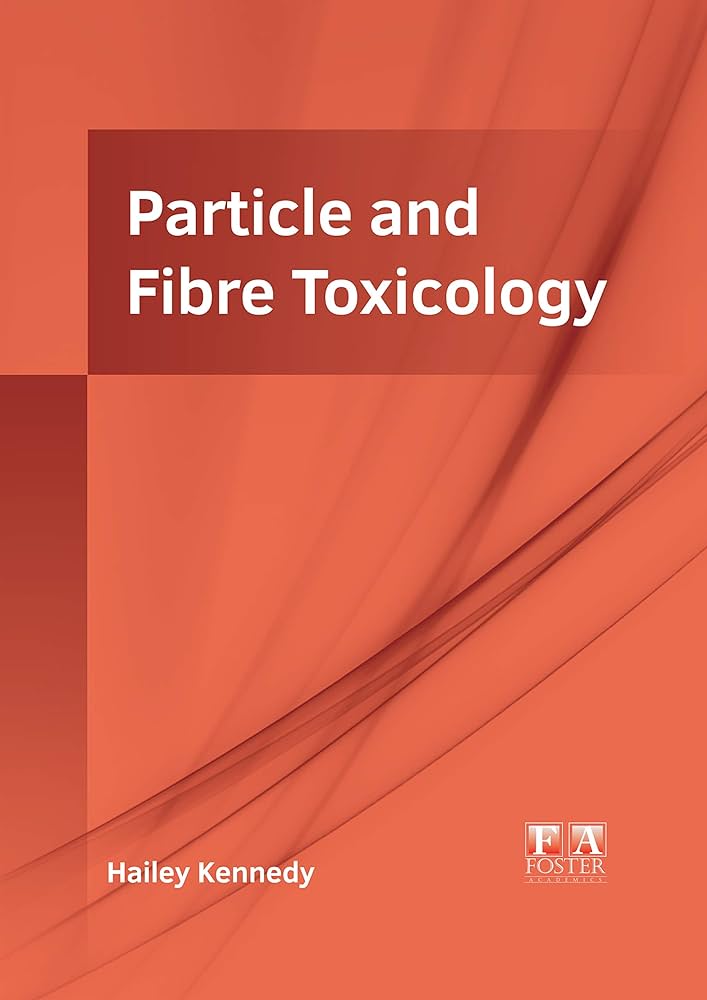Spatial regulation of NMN supplementation on brain lipid metabolism upon subacute and sub-chronic PM exposure in C57BL/6 mice
IF 8.2
1区 医学
Q1 TOXICOLOGY
引用次数: 0
Abstract
Atmospheric particulate matter (PM) exposure-induced neuroinflammation is critical in mediating nervous system impairment. However, effective intervention is yet to be developed. In this study, we examine the effect of β-nicotinamide mononucleotide (NMN) supplementation on nervous system damage upon PM exposure and the mechanism of spatial regulation of lipid metabolism. 120 C57BL/6 male mice were exposed to real ambient PM for 11 days (subacute) or 16 weeks (sub-chronic). NMN supplementation boosted the level of nicotinamide adenine dinucleotide (NAD+) in the mouse brain by 2.04 times. This augmentation effectively reduced neuroinflammation, as evidenced by a marked decrease in activated microglia levels across various brain regions, ranging from 29.29 to 85.96%. Whole brain lipidomics analysis revealed that NMN intervention resulted in an less increased levels of ceramide (Cer) and lysophospholipid in the brain following subacute PM exposure, and reversed triglyceride (TG) and glycerophospholipids (GP) following sub-chronic PM exposure, which conferred mice with anti-neuroinflammation response, improved immune function, and enhanced membrane stability. In addition, we demonstrated that the hippocampus and hypothalamus might be the most sensitive brain regions in response to PM exposure and NMN supplementation. Particularly, the alteration of TG (60:10, 56:2, 60:7), diacylglycerol (DG, 42:6), and lysophosphatidylcholine (LPC, 18:3) are the most profound, which correlated with the changes in functional annotation and perturbation of pathways including oxidative stress, inflammation, and membrane instability unveiled by spatial transcriptomic analysis. This study demonstrates that NMN intervention effectively reduces neuroinflammation in the hippocampus and hypothalamus after PM exposure by modulating spatial lipid metabolism. Strategies targeting the improvement of lipid homeostasis may provide significant protection against brain injury associated with air pollutant exposure.C57BL/6 小鼠亚急性和亚慢性 PM 暴露时补充 NMN 对脑脂质代谢的空间调节作用
大气颗粒物(PM)暴露诱发的神经炎症是介导神经系统损伤的关键因素。然而,有效的干预措施尚待开发。在这项研究中,我们研究了补充β-烟酰胺单核苷酸(NMN)对暴露于PM时神经系统损伤的影响以及脂质代谢的空间调节机制。120只C57BL/6雄性小鼠暴露于真实环境中的可吸入颗粒物11天(亚急性)或16周(亚慢性)。补充 NMN 可使小鼠大脑中的烟酰胺腺嘌呤二核苷酸(NAD+)水平提高 2.04 倍。这种提高有效地减轻了神经炎症,表现为各脑区活化小胶质细胞水平明显下降,降幅从29.29%到85.96%不等。全脑脂质组学分析表明,亚急性 PM 暴露后,NMN 干预导致脑内神经酰胺(Cer)和溶血磷脂水平增加较少,亚慢性 PM 暴露后,甘油三酯(TG)和甘油磷脂(GP)水平逆转,从而使小鼠获得抗神经炎症反应、改善免疫功能和增强膜稳定性。此外,我们还证明海马和下丘脑可能是对暴露于 PM 和补充 NMN 反应最敏感的脑区。特别是,TG(60:10、56:2、60:7)、二酰甘油(DG,42:6)和溶血磷脂酰胆碱(LPC,18:3)的改变最为显著,这与空间转录组分析揭示的氧化应激、炎症和膜不稳定性等通路的功能注释和扰动的变化相关。本研究表明,通过调节空间脂质代谢,NMN 干预能有效减少 PM 暴露后海马和下丘脑的神经炎症。以改善脂质稳态为目标的策略可为防止与空气污染物暴露相关的脑损伤提供重要保护。
本文章由计算机程序翻译,如有差异,请以英文原文为准。
求助全文
约1分钟内获得全文
求助全文
来源期刊

Particle and Fibre Toxicology
TOXICOLOGY-
CiteScore
15.90
自引率
4.00%
发文量
69
审稿时长
6 months
期刊介绍:
Particle and Fibre Toxicology is an online journal that is open access and peer-reviewed. It covers a range of disciplines such as material science, biomaterials, and nanomedicine, focusing on the toxicological effects of particles and fibres. The journal serves as a platform for scientific debate and communication among toxicologists and scientists from different fields who work with particle and fibre materials. The main objective of the journal is to deepen our understanding of the physico-chemical properties of particles, their potential for human exposure, and the resulting biological effects. It also addresses regulatory issues related to particle exposure in workplaces and the general environment. Moreover, the journal recognizes that there are various situations where particles can pose a toxicological threat, such as the use of old materials in new applications or the introduction of new materials altogether. By encompassing all these disciplines, Particle and Fibre Toxicology provides a comprehensive source for research in this field.
 求助内容:
求助内容: 应助结果提醒方式:
应助结果提醒方式:


